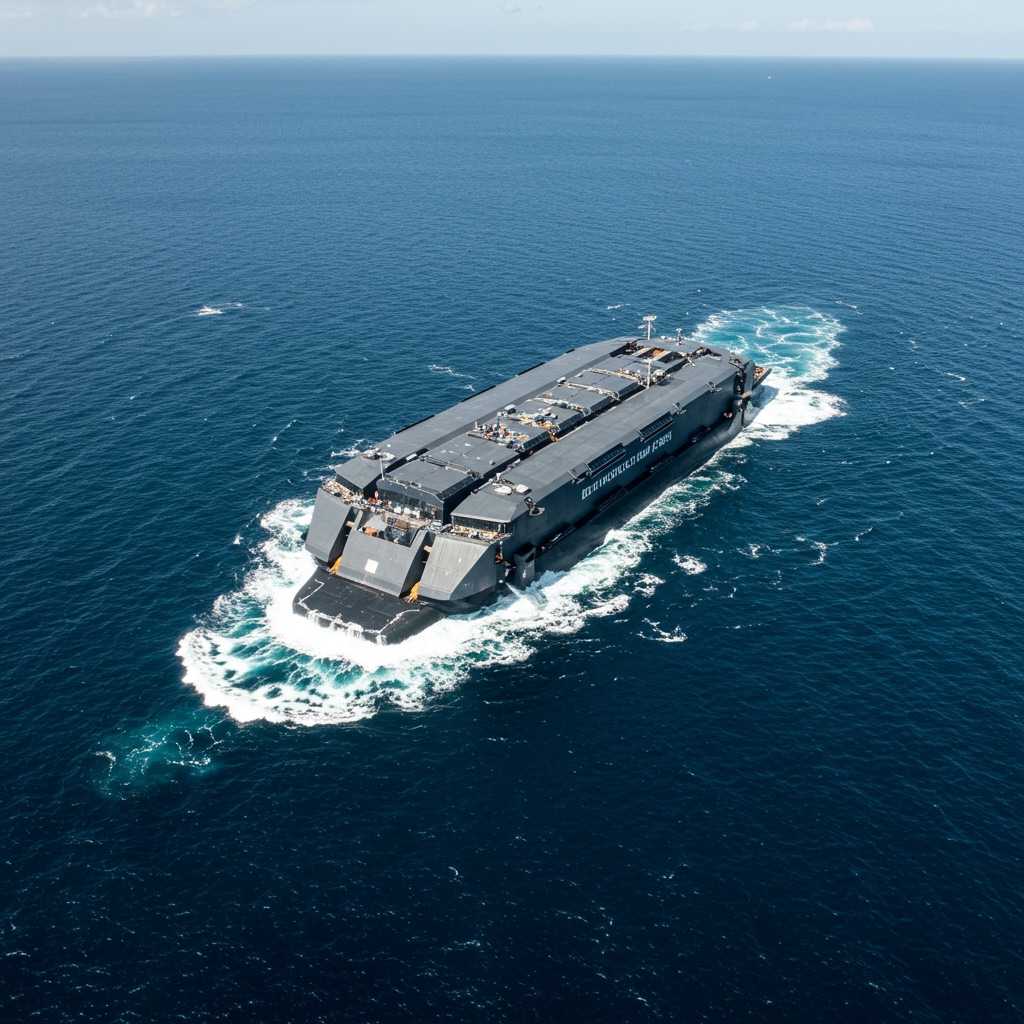Global Ocean Cleanup Initiative Reaches Critical Milestone
Geneva, Switzerland – A coalition representing fifteen nations, prominently including major maritime powers such as Japan, Norway, and Canada, alongside a diverse group of leading environmental non-governmental organizations and cutting-edge research institutions, convened in Geneva this week to finalize the intricate operational blueprint for the landmark global ocean cleanup effort dubbed ‘Blue Horizon 2030’. This crucial meeting marks a significant step forward for the ambitious initiative, transitioning from planning stages to actionable implementation.
Dubbed ‘Blue Horizon 2030’ to signify its forward-looking vision and target timeframe, the project is poised to tackle the escalating crisis of plastic pollution in the world’s oceans. The core strategy revolves around a dual approach: the deployment of sophisticated advanced autonomous waste collection systems designed to effectively gather debris from polluted waters, particularly within major oceanic gyres, and the simultaneous establishment of stringent new international regulations aimed at preventing plastic waste from entering marine environments in the first place. Experts emphasize that successful cleanup efforts must be coupled with robust source reduction policies to achieve lasting impact.
Details of the ‘Blue Horizon 2030’ Plan
The finalization meeting in Geneva involved intense negotiations and technical discussions to hammer out the specifics of system deployment, regulatory frameworks, international cooperation protocols, and logistical support. The comprehensive plan outlines a phased implementation schedule, with initial operations set to commence across the second and third quarters (Q2 and Q3) of 2025. This allows for the necessary preparatory work, including the manufacturing and testing of autonomous systems, personnel training, and the establishment of operational bases.
Initial efforts will concentrate on the most heavily impacted areas, with a primary focus on the North Pacific Gyre, often referred to as the ‘Great Pacific Garbage Patch’. This region represents one of the largest accumulations of marine debris globally, posing significant threats to marine life and ecosystems. The initiative has set an ambitious, quantifiable target: achieving a 50% reduction in the estimated floating plastic mass within the North Pacific Gyre within the first five years of active operation. This target provides a clear benchmark for measuring the project’s effectiveness and galvanizing ongoing support.
Funding and Resources
The ‘Blue Horizon 2030’ initiative is underpinned by a substantial initial funding commitment that exceeds $5 billion. This considerable financial backing has been secured through a collaborative effort involving participating governments and vital contributions from private sector partners who recognize the critical need for corporate responsibility in addressing environmental challenges. This multi-stakeholder funding model is seen as essential for the long-term sustainability and scale of the project, pooling resources and expertise from diverse sectors.
The funds will be allocated across various facets of the initiative, including the research and development of new collection technologies, manufacturing of autonomous systems, establishment and operation of shore-based infrastructure, enforcement mechanisms for new regulations, scientific monitoring and data analysis, and public outreach programs aimed at raising global awareness about plastic pollution and promoting responsible consumption and waste management practices.
Implementation Timeline and Logistics
The detailed operational plan confirms key logistical milestones. The first fleet deployment of the advanced autonomous waste collection systems is specifically scheduled for June 1, 2025. This initial deployment will operate from a newly established primary base of operations located in Honolulu, Hawaii. Hawaii’s strategic location in the Pacific makes it an ideal hub for accessing and managing operations within the North Pacific Gyre.
The phased rollout across Q2 and Q3 of 2025 will see the gradual introduction of collection systems and the activation of supporting infrastructure. While the North Pacific Gyre is the initial focus, the ‘Blue Horizon 2030’ plan is designed with scalability in mind, envisioning expansion to other major oceanic gyres around the world in subsequent phases, contingent upon the success of the initial deployment and continued funding.
Global Collaboration and Future Outlook
The successful finalization of the ‘Blue Horizon 2030’ operational plan in Geneva underscores the growing international consensus on the urgency of addressing marine plastic pollution. The participation of fifteen nations, including leading economic and maritime powers, alongside dedicated environmental groups and scientific bodies, highlights the collaborative spirit deemed necessary to tackle a problem of this global magnitude. The initiative serves as a model for future international cooperation on complex environmental challenges.
While the $5 billion funding and the 50% reduction target in the North Pacific Gyre within five years are ambitious, project leaders acknowledge the scale of the problem and the need for sustained effort. The success of ‘Blue Horizon 2030’ will rely heavily on the effective deployment of technology, the enforcement of new international regulations, continuous scientific monitoring, and the ongoing commitment of all participating stakeholders. The world will be watching closely as the phased implementation begins in 2025, hoping this landmark initiative turns the tide against ocean plastic pollution.





